President Donald Trump's travel ban on 26 European nations has come into force in the US, as part of a contingency plan to tackle the coronavirus crisis.
It affects countries that are members of the Schengen border-free travel area and excludes the UK, the Republic of Ireland and returning US citizens.
Mr Trump also declared a national emergency, freeing up to $50bn (£40bn) in relief funds.
There are nearly 2,000 confirmed cases of Covid-19 in the US, and 43 deaths.
- Why US could be more at risk from coronavirus
- Can the US catch up on coronavirus testing?
- Mum 'riding the storm' in NY containment zone
Mr Trump's administration has faced criticism for its failure to provide Americans with widespread coronavirus testing.
In other developments on Saturday:
- In New Zealand, PM Jacinda Ardern said anyone entering the country from midnight on Sunday must self-isolate for 14 days; people from small South Pacific islands would be exempt
- In Australia, the number of confirmed cases rose to 200, with three deaths
- In China, health authorities said there were 13 deaths and 11 new cases
- South Korea reported more recoveries (204) than new infections - the second day in a row
- Colombia said it would close its border with Venezuela at 05:00 (10:00 GMT) and bar any visitors who had recently been in Europe or Asia
- In the UK, mass gatherings could be banned as early as next weekend, government sources said
Separately, Washington on Friday summoned the Chinese ambassador to protest against comments by a Chinese diplomat that the US military might have brought the virus to China.
The coronavirus originated in China's Hubei province late last year.
But the daily rates of new infections have been slowing in China, making Europe the new "epicentre" of the pandemic.


- LIVE UPDATES: Borders shut as coronavirus cases rise
- EASY STEPS: How to keep safe
- A SIMPLE GUIDE: What are the symptoms?
- GETTING READY: How worried should the US be?
- TRAVEL PLANS: What are your rights?

Italy on Friday recorded its highest daily death toll - 250 over 24 hours taking the total to 1,266, with 17,660 infections overall.
To better co-ordinate the global response to the pandemic, leaders of the world's richest economies - the G7 group - will hold a crisis summit via videoconference on Monday.
Which European countries are affected by the US travel ban?
In all, travel is suspended for 30 days from 26 Schengen countries - 22 European Union members and four non-EU.
They are Austria, Belgium, Czech Republic, Denmark, Estonia, Finland, France, Germany, Greece, Hungary, Iceland, Italy, Latvia, Liechtenstein, Lithuania, Luxembourg, Malta, Netherlands, Norway, Poland, Portugal, Slovakia, Slovenia, Spain, Sweden and Switzerland.
Mr Trump said the UK's exemption had been made on the advice of "a group of professionals" but could be reviewed because the number of cases had "gone up fairly precipitously over the last 24 hours".
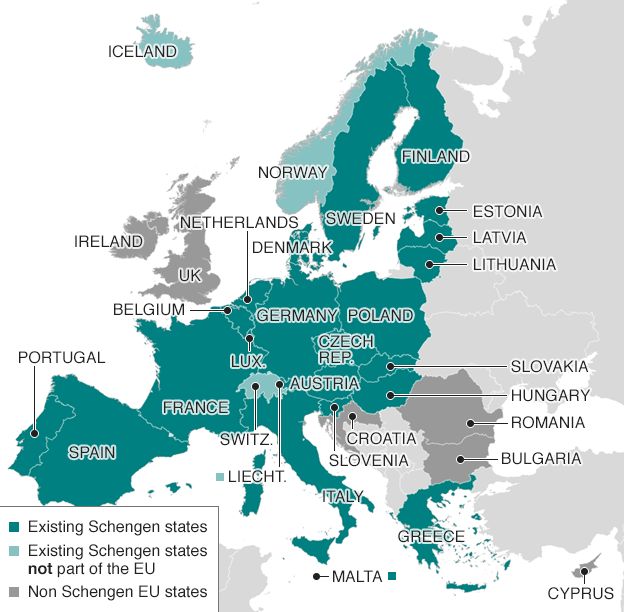

The US travel ban was met with anger and confusion, with EU leaders accusing President Trump of making the decision "without consultation".
What else did Mr Trump announce?
Announcing the state of emergency, Mr Trump stressed that the "next eight weeks are critical".
Among the measures envisaged as part of the emergency response are:
- The US Health Secretary Alex Azar and health officials can waive certain laws and licence requirements, giving more flexibility to healthcare providers
- Hospitals have been asked to activate their emergency preparedness plans
- Up to 500,000 additional coronavirus tests will be available by early next week, though authorities are not recommending tests without clear need; private labs and vaccine developers will be able to provide five million coronavirus tests within the month, though authorities are not recommending tests for those without symptoms
- Interest on all student loans is to be waived until further notice as a measure to ease the burden for students as universities and colleges across the country shut their doors
Democrats in Congress - and heavily-affected states - had been urging Mr Trump to issue the emergency order, which will also allow more people to qualify for government health insurance.
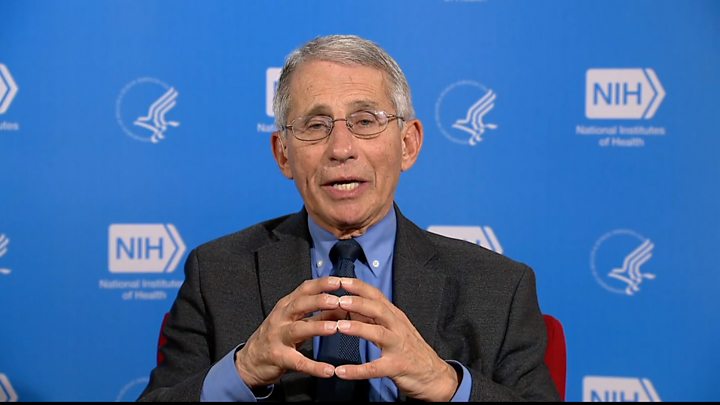
Also on Friday, US House of Representatives Speaker Nancy Pelosi announced she had reached a deal with the White House on a package to assist people affected by the outbreak.
It includes two weeks of paid sick leave and up to three months of paid family and medical leave, free virus testing for those without insurance and food aid.
Late on Friday a relief bill, agreed with bipartisan support, was passed overwhelmingly in the House of Representatives.
Does Trump need a virus test?
Urged again to explain why he hasn't taken a coronavirus test following reports that he has been in the company of people who have tested positive recently, Mr Trump said he had no symptoms and there was no need for a test.
But he added that he was likely to have one "fairly soon", anyway.
In Canada, Prime Minister Justin Trudeau began a 14-day self-isolation period on Friday after his wife tested positive.
Brazil's President Jair Bolsanaro has tested negative, despite one of his top aides falling sick recently. Both men had recently met US officials including President Trump and Vice-President Mike Pence.
The Brazilian Charge d'Affairs in Washington, Nestor Forster Jr, who was also present at the dinner with Trump, has tested positive, GloboNews TV reported.
What is a national emergency?
The 1988 Stafford Act gives the president alone the ability to direct the Federal Emergency Management Agency (Fema) to co-ordinate a national response to "natural catastrophes" within the US.
Donald Trump said "national emergency" were two very big words, but the declaration sounds more dramatic than it is, says the BBC's Anthony Zurcher.
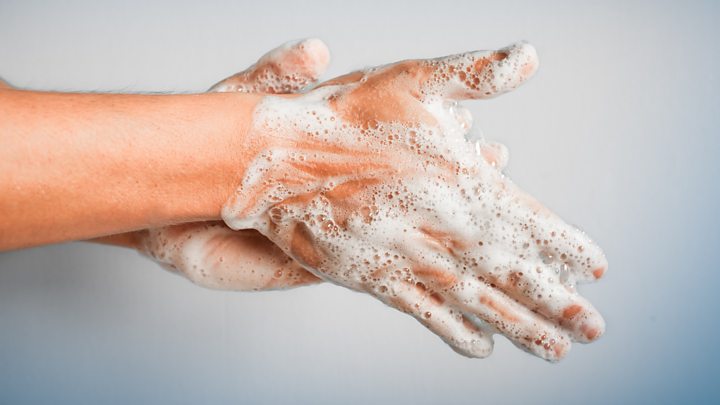
There are currently more than 30 national emergencies in effect. Mr Trump has declared several national emergencies in his presidency, including one last year to redirect military funds to build a southern border wall to prevent illegal immigration.
He has also issued the order to deal with wildfires in California and flooding in the Midwest.
It marks the first use of the order to fight a pandemic since President Barack Obama issued one to fight the swine flu virus.
President Bill Clinton issued a national emergency to pay for efforts to stop the spread of West Nile virus in the US north-east.
Are you in the US? Have you tried to get tested? Or self-isolated? Share your experiences by emailing haveyoursay@bbc.co.uk.
Please include a contact number if you are willing to speak to a BBC journalist. You can also contact us in the following ways:
- WhatsApp: +44 7756 165803
- Tweet: @BBC_HaveYourSay
- Send pictures/video to yourpics@bbc.co.uk
- Upload your pictures / video here
- Please read our terms & conditions and privacy policy
Or use the form below
US & Canada
I don't need to self-isolate, says Trump
- 13 March 2020
- US & Canada
Bill Gates steps down from Microsoft board
- 13 March 2020
- Business


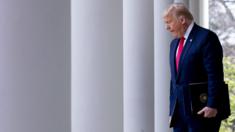

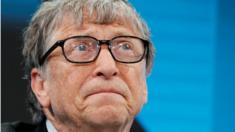


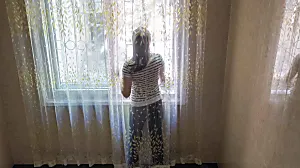
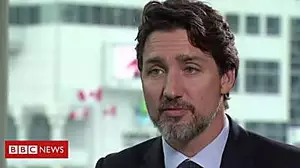
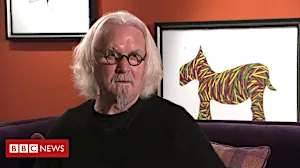





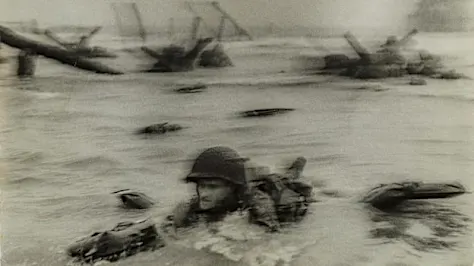
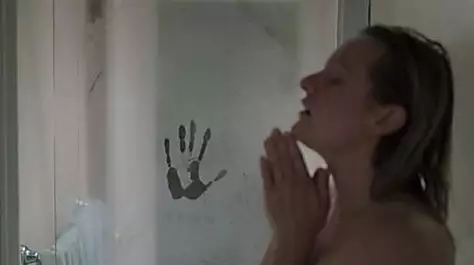
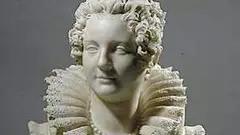

No comments:
Post a Comment